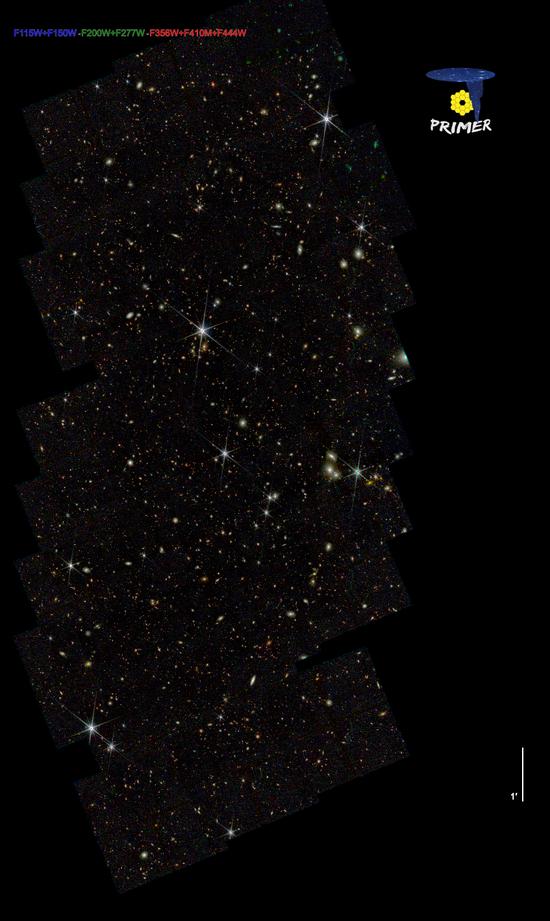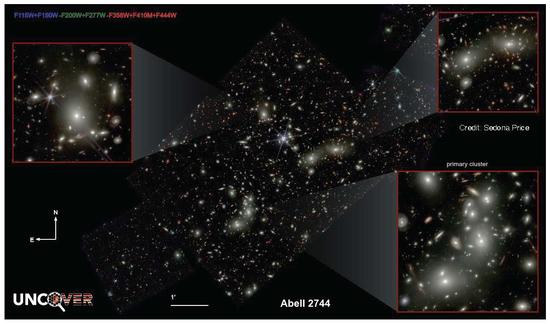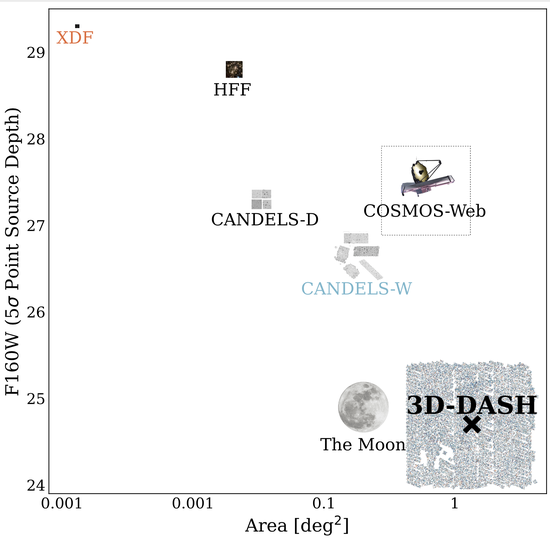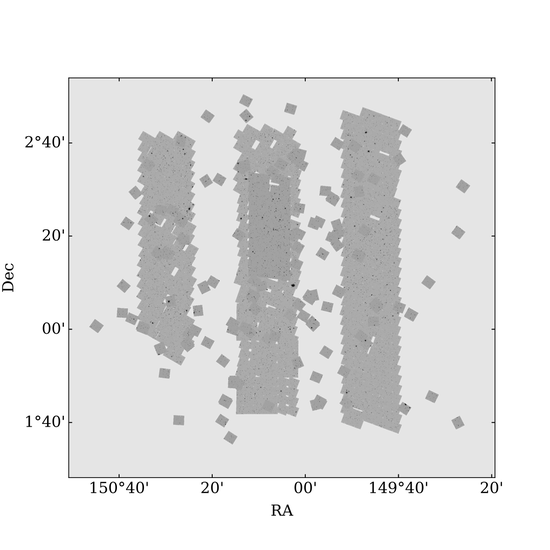
Sam E. Cutler
Postdoctoral Researcher in Astronomy
Department of Astronomy
University of Massachusetts, Amherst
Biography
I am an Astronomy Postdoctoral Researcher at Tufts University with the JWST Cycle 4 MINERVA team. I obtained my Ph.D. in Astronomy at the University of Massachusetts, Amherst in September 2025 advised by Kate Whitaker. I graduated with a B.S. in Physics and Mathematics from the University of Connecticut in 2019. In my research, I focus on the formation and evolution of galaxies via large photometric and spectroscopic surveys and galaxy morphology.
In the past, I have studied the relationship between galaxy structure, environment, and star formation through the creation of the COSMOS-DASH morphological catalog. I have also investigated the different formation histories of the inner and outer parts of typical star-forming galaxies near cosmic noon using the Prospector code. Recently, I have been working with photometry and source detection in HST (3D-DASH) and JWST (PRIMER and UNCOVER) surveys, assisting in the creation and development of the aperpy aperture photometry code and photometric catalogs for each of these programs. Using the rich JWST data from PRIMER and UNCOVER, I have investigated the formation of low-mass quiescent galaxies at cosmic noon via morphological analyses in NIRCam F150W and F444W and extended this analysis to low-mass quiescent galaxies in the Abell 2744 lensing cluster.
I am a PI of “The Relic”, a JWST Cycle 3 program targeting a z~2.5 massive quiescent galaxy containing several resolved globular cluster candidates with deep (>20 hr) NIRSpec/IFU prism spectroscopy. I am also the photometric catalog lead for the JWST Cycle 4 MINERVA program, which covers four existing JWST datasets (COSMOS, UDS, GOODS-N, and CEERS) with additional photometry from several medium band filters.
Outside of research, I am an active member in science outreach with UMass Astronomy, where we hope to make science accessible to the larger community and encourage interest in astronomy, and worked to found the Western Massachusetts chapter of Astronomy on Tap.
Download my CV.
- Galaxy Evolution and Formation
- Galaxy Structure and Morphology
- Catalogs and Surveys
Ph.D. in Astrophysics, 2025
University of Massachusetts, Amherst
M.S. in Astrophysics, 2023
University of Massachusetts, Amherst
B.S. in Physics and Mathematics, 2019
University of Connecticut

Research

PRIMER
JWST/NIRCam photometric catalogs of the COSMOS and UDS blank fields

Two Classes of Quiescent Galaxies
JWST-based sizes and structural measurements for cosmic noon quiescent galaxies in the PRIMER and UNCOVER surveys

UNCOVER
JWST/NIRCam survey of the Abell 2744 lensing field and associated photometry catalogs

3D-DASH
Catalogs and projects related to the 3D-DASH survey, an HST WFC3/F160W survey covering the COSMOS field using the novel “Drift And SHift” technique

HLF GOODS-N Photometric Catalog
HST-only catalog in the GOODS-N field using improved imaging from the Hubble Legacy Field program

COSMOS-DASH
A structural catalog of morphologies in the COSMOS-DASH survey

Resolved SED fitting with Prospector
Star formation histories of the inner and outer components of main sequence galaxies using resolved SED fitting
Featured Publications
Recent Publications
Total Refereed: 37
As First Author: 4
Recent & Upcoming Talks
Contact
- secutler@umass.edu
- LGRT 623, UMass Amherst Department of Astronomy, 710 N Pleasant Street, Amherst, MA 01003


